38 reading food labels in australia
Food Labels: How to Read Nutrition Labels | New Idea Food Let's find out exactly how to read food labels. Firstly, in Australia and New Zealand all packaged food must adhere to a strict level of standards as set by the Food Standards Code and carry not only nutritional information but safety information too. How to understand food labels | Eat For Health The Nutrition Information Panel on a food label offers the simplest and easiest way to choose foods with less saturated fat, salt (sodium), added sugars and kilojoules, and more fibre. It can also be used to decide how large one serve of a food group choice or discretionary food would be and whether it's worth the kilojoules.
How to read food labels | healthdirect In Australia, the law requires all manufactured foods to carry labels containing safety and nutrition information. This information helps you to make decisions about the food you buy and eat so you can follow a healthy diet. The label will tell you: the name of the product, describing accurately what it is the brand name

Reading food labels in australia
How To Read Food and Beverage Labels - National Institute on Aging At the top of the Nutrition Facts label, you will find the total number of servings in the container and the food or beverage's serving size. The serving size on the label is based on the amount of food that people may typically eat at one time and is not a recommendation of how much to eat. Read more about serving and portion sizes. How to read a food label - Healthy Kids Phone 02 9876 1300 or 1300 724 850 for those outside of Sydney. How to Read Food Labels & Understand Nutrition Info Panel | Better ... Nutrition Australia states that 460-920g daily value of sodium is adequate for our health. That equates to 1.15-2.3g of salt per day. Excess salt consumption raises your blood pressure and hypertension is associated with a higher risk of stroke and heart disease. Keeping your intake to 4g of sodium per day or less is key.
Reading food labels in australia. Food label reading guide | Nutrition Australia Reading food and drink labels can help us make healthy choices. Food and drink labels will include information about the product, where and when it was made and a statement of ingredients, as well as any warnings or allergen statements. Most food or drink packages have a Nutrition Information Panel (NIP) which tells you the quantity of various nutrients a product contains per serve and per 100g or 100 ml. Food label reading guide | Nutrition Australia Reading food and drink labels can help us make healthy choices. Food and drink labels will … PDF Food label reading guide - Nutrition Australia • Always compare the nutrition information panel (NIP) or health star rating of similar products, for example compare one brand of yoghurt with another brand of yoghurt. • The more stars out of five, the healthier the food or drink choice. Food labels Reading food and drink labels can help us make healthy choices. Food and drink labels will How to read a label | NSW Food Authority How to read a label Nearly every food product requires a label with specific information that tells us what's in it, how to handle it, and where it has come from, to help us make healthy and safe food choices. See Labels & the law for a list of everything that should be included on a food label. Ingredients & Nutrition
Labelling poster - how to read food labels - Food Standards This interactive resource explains the food labelling requirements set out in the Food Standards Code and what that information means. Click on the numbers to find out more about food labelling. A useful poster is also available. You can … How to Read Nutrition Facts | Food Labels Made Easy - YouTube To support our channel and level up your health, check out:Our Fast Weight Loss Course: B... Food Labels: How to Read Nutrition Labels | New Idea … Firstly, use the per 100g column on food as serving size is not always a good depiction of your intake. As a rough guide Chloe recommends: Sodium/Salt: <120mg/100g for low salt or <400mg/100g for moderate. Energy: aim for: … Reading food labels & nutrition panel - Diabetes Queensland Reading food labels When choosing packaged food, choose products with: lower energy (kilojoules) if you are trying to lose weight lower total and saturated fat lower sugar lower sodium higher fibre Every food label tells a story and the Nutrition Information Panel simply gives you the facts.
2022 How To Read Nutrition Labels on Your Food Packaging? - RealFit You are likely to find dual-column nutrition labels with foods that are often consumed in more than one serving. Hence, one column would indicate calories and nutrients in one serving, and the second column would indicate calories and nutrients for the whole package. Conclusion How to read food labels in Australia: Find nasties and real nutritional ... My advice for reading food labels is to look at the 'per 100g' values, as 'per serve' can often be misleading if you're likely to eat more than the suggested serving size. The 'per 100g' column is also the most useful for comparing products to assess their sugar, protein, sodium and fat content. How To Read Nutrition Labels, Australia - Australian Organic Products How To Read Nutrition Labels, Australia Reading food labels on packaged foods is key to understanding what you are putting into your body, but with all the information that food manufacturers pack onto the nutrition information panel, it's hard to know what's what and what it's telling you! Label reading - Baker Fact sheets. Label reading. This fact sheet gives you guidance on understanding how to read nutrition information panels to help you identify healthy choices. This fact sheet will allow you to identify processed and packaged foods that are: lower in energy (kJ) lower in saturated and trans fat. lower in sugar. lower in sodium (salt)
Understanding food labels: How to read Australian … 22.06.2020 · Under FSANZ rules, these labels must reveal how much of the following is in the …
Understanding food labels fact sheet - NDSS Understanding how to read food labels can help you choose foods with more fibre and less saturated fat, salt (sodium), added sugars and kilojoules. Food labels will typically include a nutrition information panel, list of ingredients, the 'use by' or 'best before' date and identify potential food allergens and additives. Food labels ...
Food labels - Better Health Channel Under labelling laws introduced in Australia in 2003, virtually all manufactured foods must …
PDF Eat For Health Eat For Health
Reading food labels to avoid food allergies and intolerances In Australia, many allergens must be declared on food labels regardless of the amount present. This includes ingredients that may be classed as processing aids e.g. flour used to coat moulds. Allergens that must be declared by law are milk, egg, soy, wheat, fish, seafood, tree nut and peanut. A variety of terms can be used to identify ...
How to read food labels in Australia: Find nasties and real … So let’s take a look at the two most important columns on a nutrition label: From this nutrition panel, we can see that there are 1560kJ per 100g. There is very little protein at 1.8g per 100g, and 89.4g of carbohydrates. The important thing to …
Labelling - Food Standards The Food Standards Code includes the general labelling and information requirements (Chapter 1 of the Code) that are relevant to all foods, and sets out which requirements apply in different situations (for example food for retail sale, food for catering purposes, or an intra-company transfer).
Labelling poster - how to read food labels - Food Standards This interactive resource explains the food labelling requirements set out in the Food Standards Code and what that information means. Click on the numbers to find out more about food labelling. A useful poster is also available. You can download a copy here (PDF 372KB), or for a printed A2 version please email information@foodstandards.gov.au.
How to understand food labels | Eat For Health The Nutrition Information Panel on a food label offers the simplest and easiest way to choose foods with less saturated fat, salt (sodium), added sugars and kilojoules, and more fibre. It can also be used to decide how large one serve of …
Reading food labels - Food Allergy Education In Australia the Food Standards Code requires the following common food allergens to be …
What's on a food label | NSW Food Authority The nutrition information panel (NIP) lists key nutrients so consumers can keep track of what they're eating and serving sizes, and decide between products. Some labels also display % daily intake and nutrition or health claims. For more visit FSANZ. Australia New Zealand Food Standards Code - Standard 1.2.8 - Nutrition information ...
HealthWorks! Healthy Living Series: Reading Food Labels - YouTube When reading a food label, start by looking at the serving size, located here on the nutrition facts panel. All nutritional information on the label is based on the serving size given....
Understanding food labels: How to read Australian nutritional ... Under FSANZ rules, these labels must reveal how much of the following is in the product: Energy (in kilojoules or both kilojoules and calories) Protein Fat Saturated fat Carbohydrates Sugars Sodium (salt) These contents must show average amount per 100g (or 100ml for liquids) and per serving. A breakdown of what's on nutrition labels
Food labels - Better Health Channel Under labelling laws introduced in Australia in 2003, virtually all manufactured foods must carry an NIP. There are exceptions to the labelling requirements, such as: very small packages and foods like herbs, spices, salt, tea and coffee single ingredient foods (such as fresh fruit and vegetables, water and vinegar) food sold at fundraising events
Understanding food labels fact sheet – NDSS Understanding how to read food labels can help you choose foods with more fibre and less …
How to read food labels | New Idea Magazine Food identification. Food labels must show the name of the food, the business address and the lot identification of the food. The FSANZ states that brands need to ensure the food's name or description reflects its true nature. For example, if a strawberry yoghurt contains strawberry flavouring rather than real fruit, it needs to be called ...
Reading food labels - Food Allergy Education How to read food labels that meet the new PEAL law Under the new PEAL law, common food allergens are to be listed with the plain English name alongside the actual ingredient name. This is shown in the label example below. In the statement of ingredients, declarations must: Be in bold font. Have bold font contrasting distinctly with other text.
how to read food labels in australia - azevedogroup.com There are four main tools used on food products in Australia: Nutrition Information Panel (compulsory) For example, individuals with food allergies read food labels to avoid certain ingredients that trigger an allergic reaction. Understanding how to read a food label is necessary to effectively avoid any food to which one might be allergic.
How to Read Food Labels & Understand Nutrition Info Panel | Better ... Nutrition Australia states that 460-920g daily value of sodium is adequate for our health. That equates to 1.15-2.3g of salt per day. Excess salt consumption raises your blood pressure and hypertension is associated with a higher risk of stroke and heart disease. Keeping your intake to 4g of sodium per day or less is key.
How to read a food label - Healthy Kids Phone 02 9876 1300 or 1300 724 850 for those outside of Sydney.
How To Read Food and Beverage Labels - National Institute on Aging At the top of the Nutrition Facts label, you will find the total number of servings in the container and the food or beverage's serving size. The serving size on the label is based on the amount of food that people may typically eat at one time and is not a recommendation of how much to eat. Read more about serving and portion sizes.
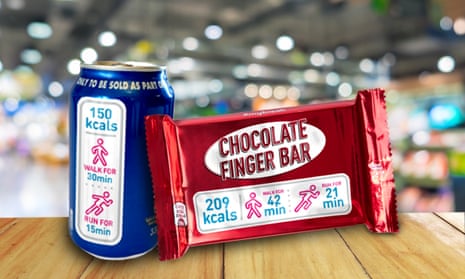


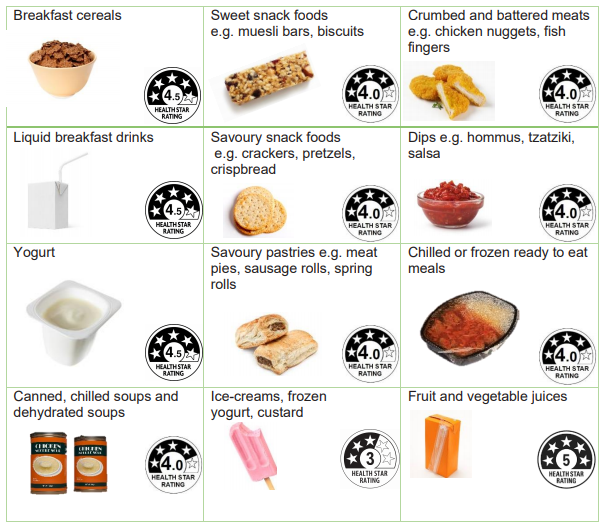
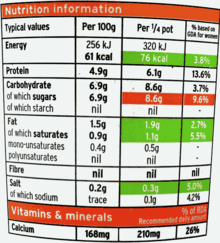


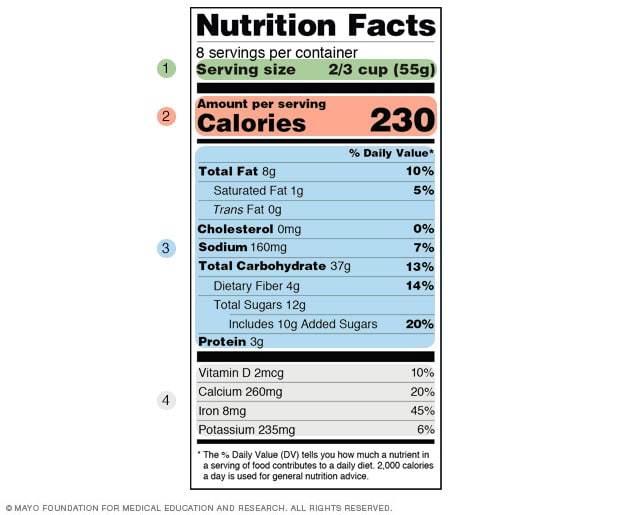
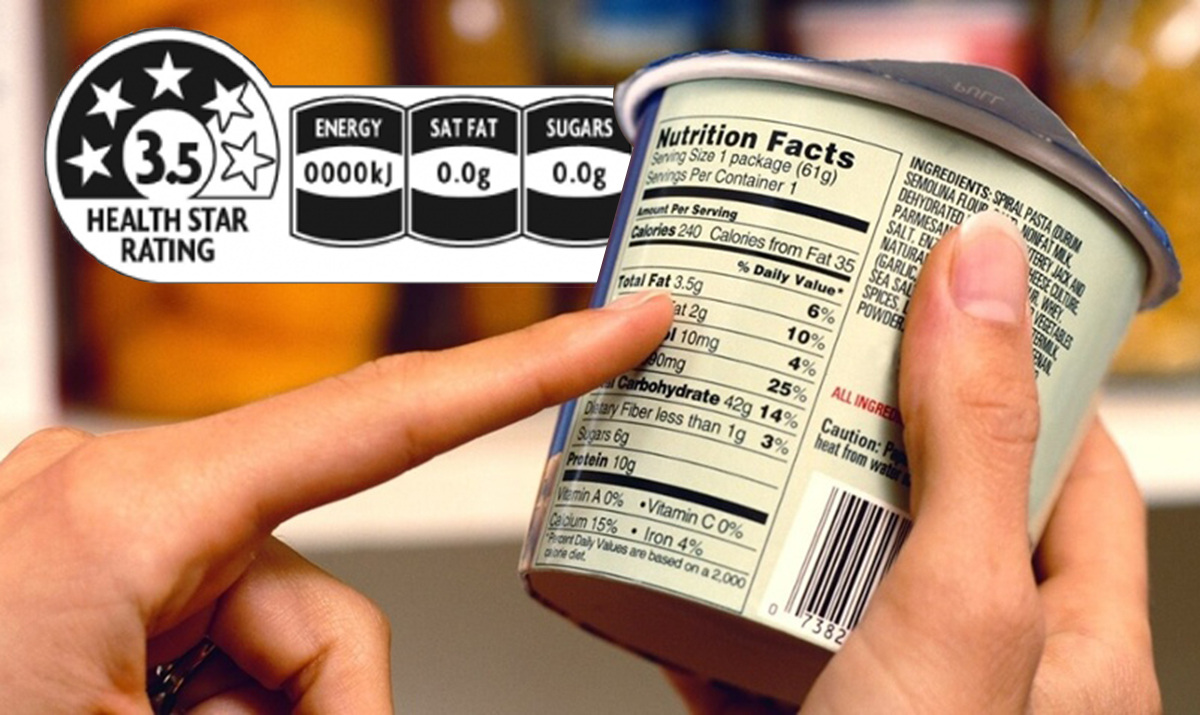

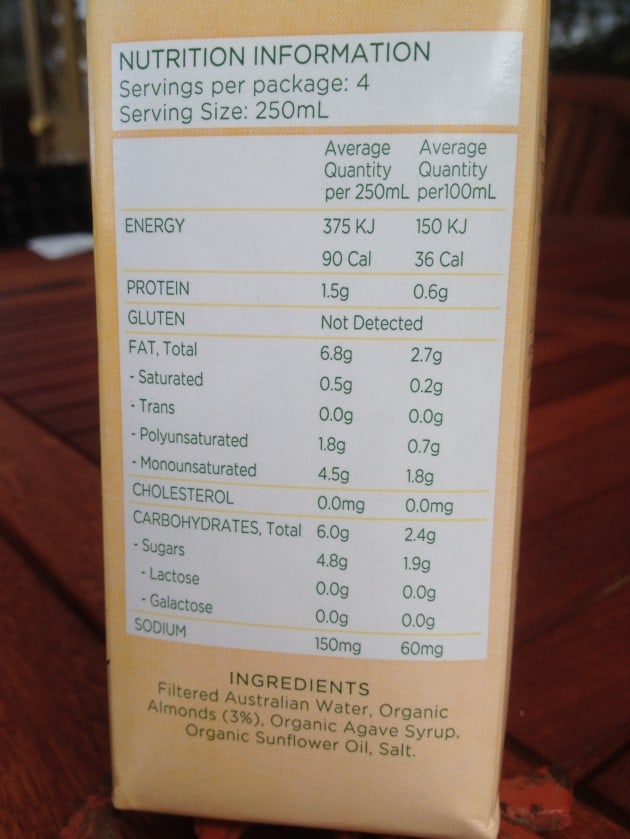
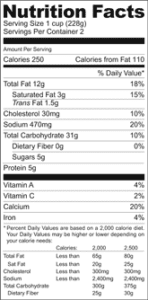



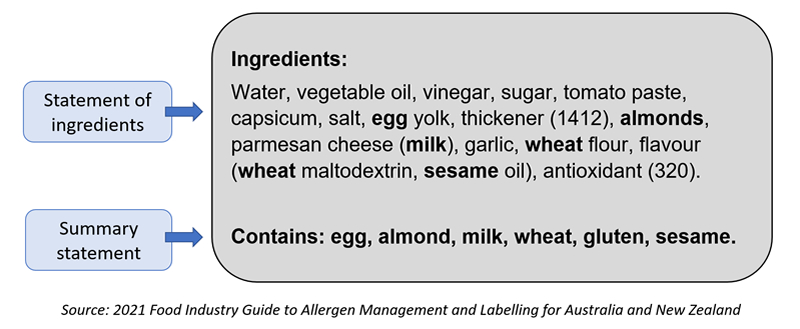



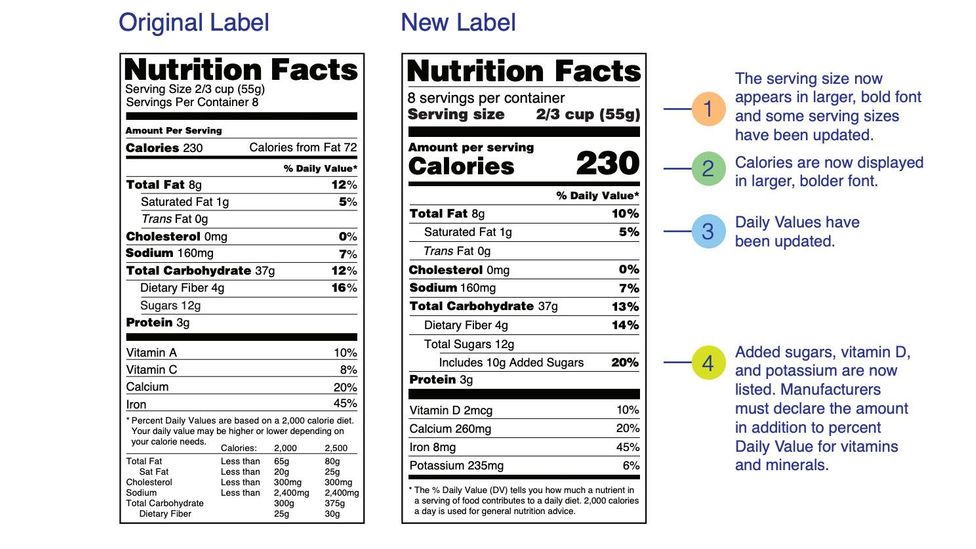

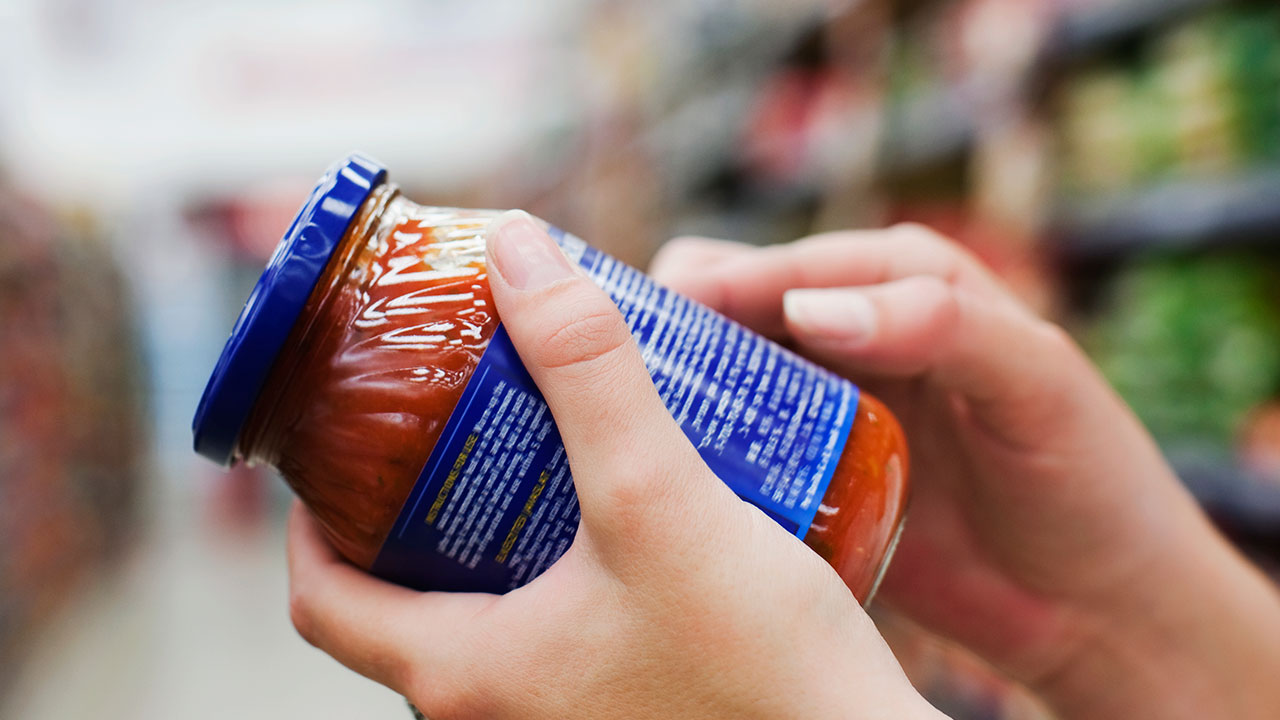


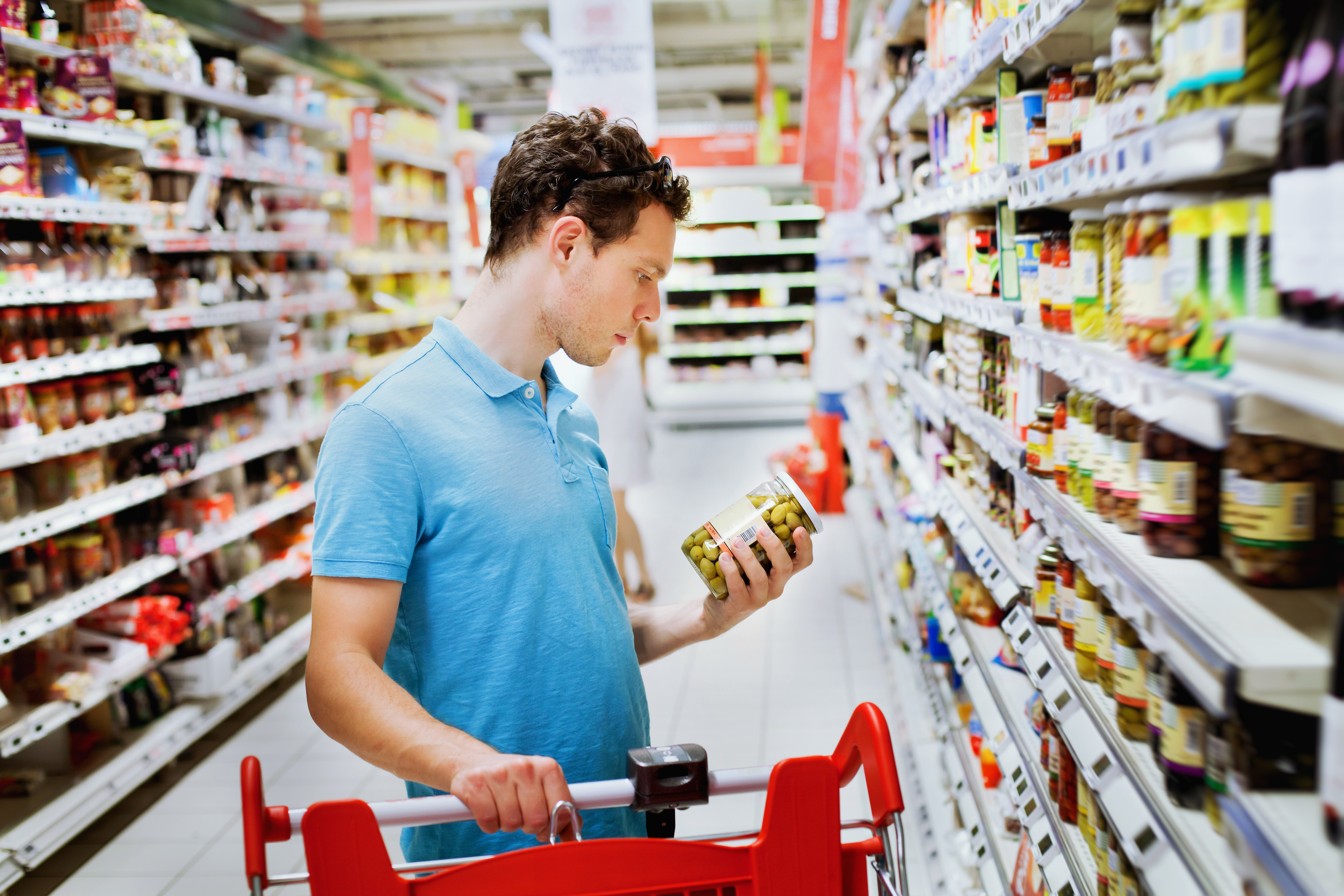
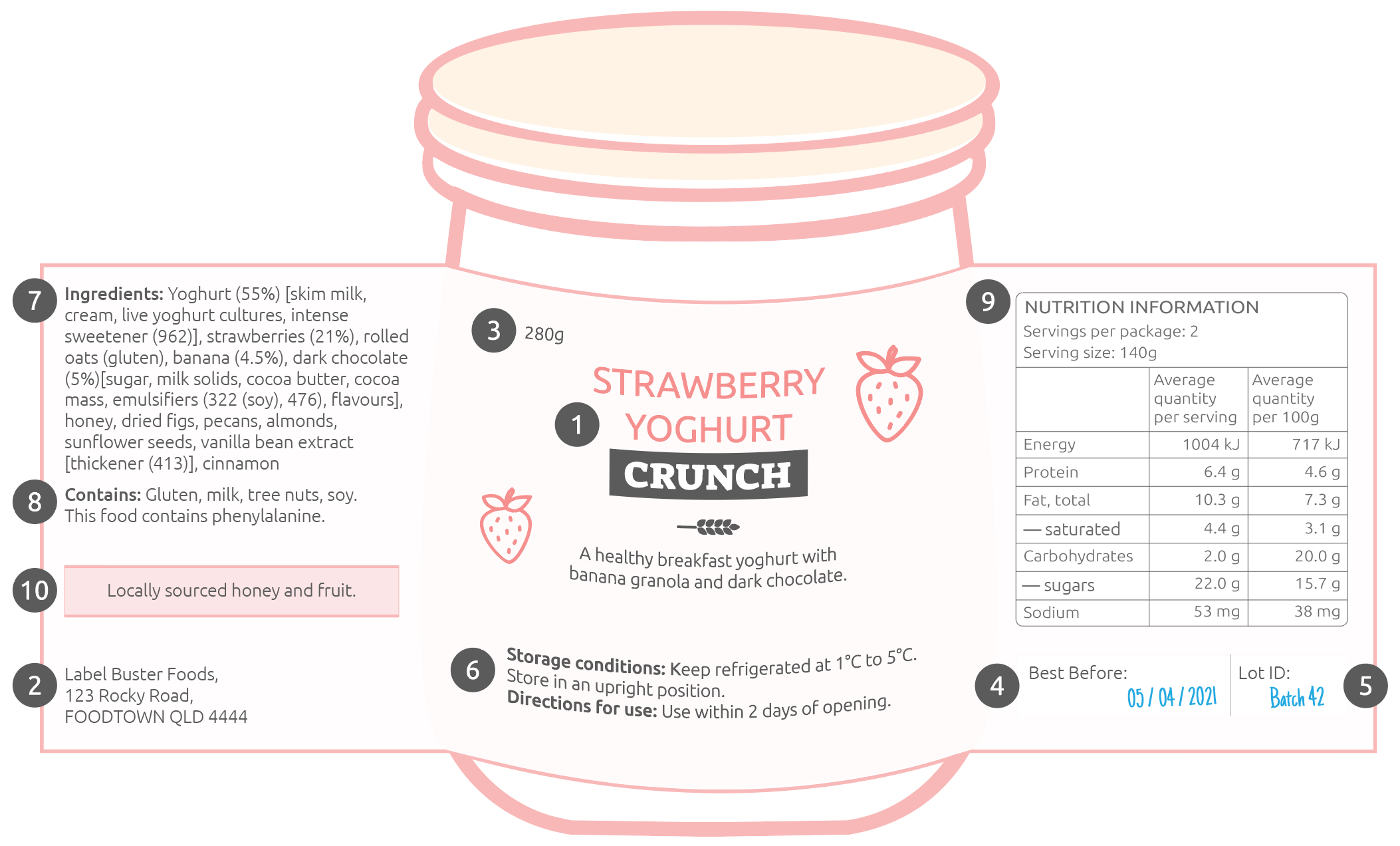
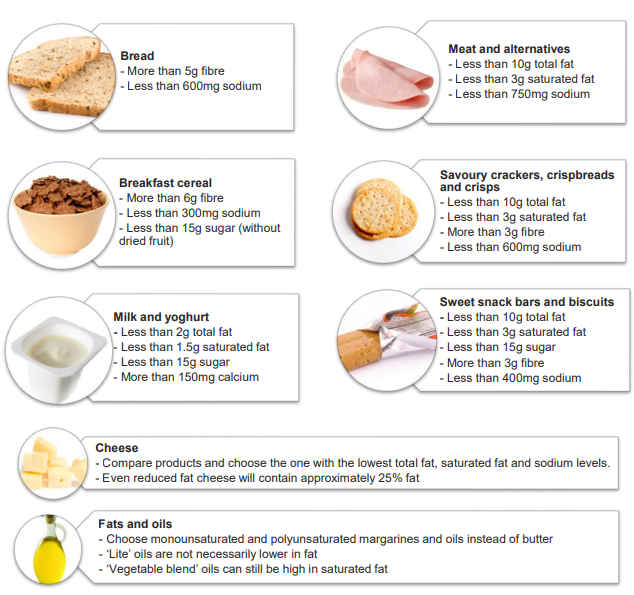




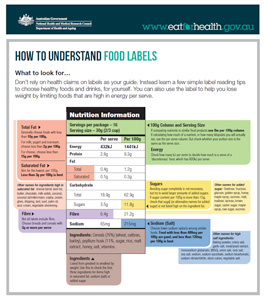
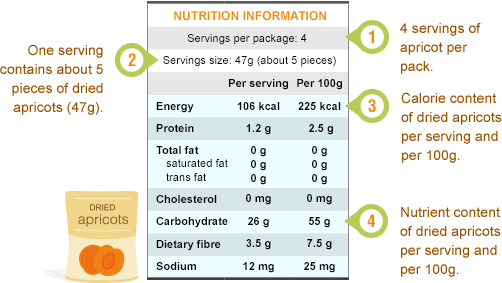
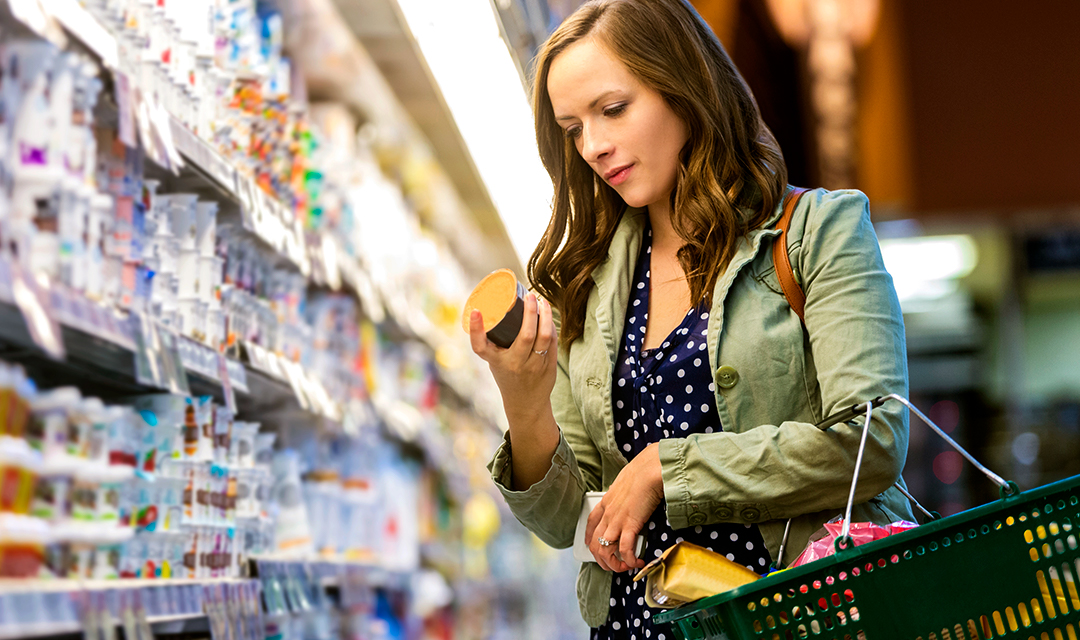


Post a Comment for "38 reading food labels in australia"